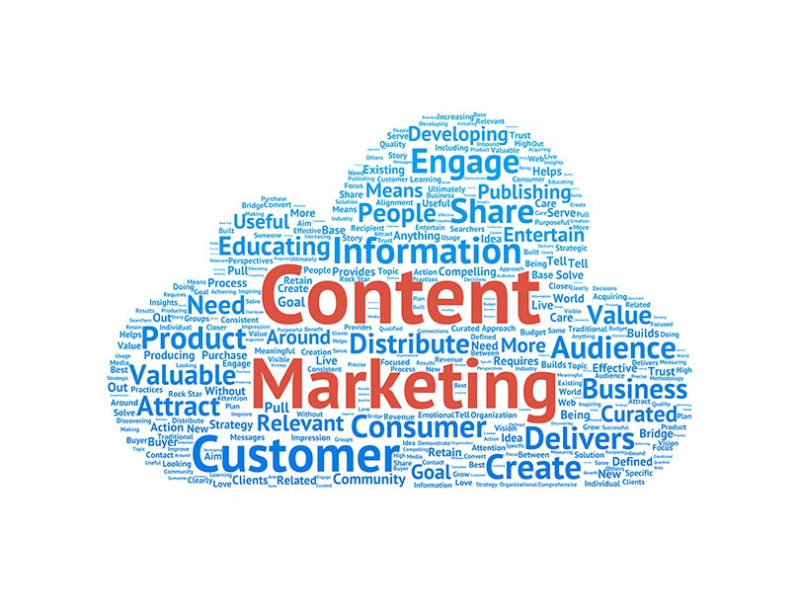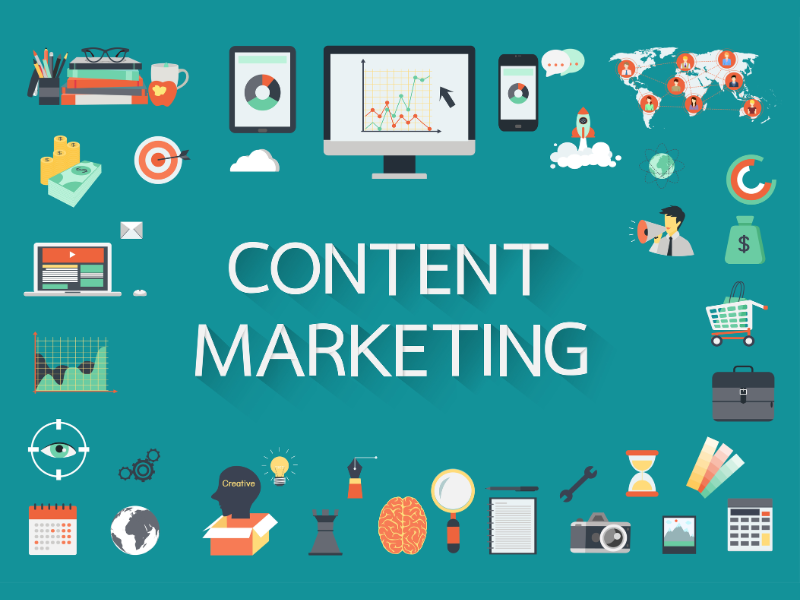What is Content Marketing?
Content marketing is a strategic approach to digital marketing that focuses on creating and sharing valuable, relevant, and consistent content to attract and retain a specific target audience. The ultimate goal is to drive profitable customer action by educating, engaging, and building trust.
Unlike traditional advertising, content marketing is non-intrusive. It aims to help people solve problems, answer questions, and make informed decisions—while naturally positioning your business as the go-to solution.
Why Content Marketing Matters in 2025
As digital platforms grow more competitive and ad costs rise, businesses are shifting to organic methods of attracting customers. Content marketing stands out because it delivers long-term results without paying for every click.
Key reasons content marketing is critical today:
- Builds brand authority and trust
- Increases organic traffic through SEO
- Supports all areas of digital marketing
- Nurtures leads over time
- Delivers measurable ROI
- Lowers customer acquisition costs
Main Goals of Content Marketing
Content marketing isn’t just about posting blogs or social media updates. It serves key business goals that impact growth and performance.
- Enhance brand awareness
- Educate your target audience
- Generate and nurture leads
- Improve customer retention
- Drive website traffic
- Increase sales and conversions
- Build long-term customer relationships
Common Types of Content Used in Marketing
There are multiple content formats to choose from. Successful marketers use a mix to keep their audiences engaged.
Written Content:
- Blog posts
- Articles
- E-books
- Case studies
- Email newsletters
Visual Content:
- Infographics
- Data visualizations
- Illustrations
- Slide decks
Video Content:
- Product demos
- Tutorials
- Explainer videos
- Customer testimonials
Interactive Content:
- Polls
- Quizzes
- Webinars
- Calculators
User-Generated Content:
- Reviews
- Testimonials
- Social media shares
- Community contributions
How to Build an Effective Content Marketing Strategy
To succeed with content marketing, you need a clear and consistent plan. Here are the key steps:
- Define Your Goals
Determine what you want to achieve—more traffic, leads, engagement, or conversions. - Understand Your Audience
Create detailed buyer personas. Learn their pain points, interests, and where they consume content. - Conduct Keyword Research
Find the terms your audience is searching for using tools like Google Keyword Planner, SEMrush, or Ubersuggest. - Create a Content Calendar
Map out your publishing schedule and decide which topics, formats, and platforms to use. - Produce High-Quality Content
Make sure every piece is well-researched, well-written, and adds real value. Include visuals, SEO elements, and clear calls-to-action. - Optimize for SEO
Use your target keywords naturally in the title, headings, URL, meta tags, and throughout the content. - Promote Your Content
Share through social media, email marketing, guest blogging, and influencer outreach. - Measure and Improve
Track performance using Google Analytics, Search Console, and engagement metrics. Optimize based on what works.

How Content Marketing and SEO Work Together
Content marketing and SEO are deeply connected. Without quality content, SEO has nothing to optimize. And without SEO, your content may never be found.
Here’s how to make your content SEO-friendly:
- Use your target keyword in the first 100 words
- Include keywords in subheadings and image alt text
- Write meta titles and descriptions that match search intent
- Use internal linking to related posts and pages
- Build backlinks through high-value content
- Focus on E-E-A-T (Experience, Expertise, Authoritativeness, and Trust)
When done right, your content continues to generate traffic and leads long after it’s published.
Best Tools for Content Marketing Success
To make content marketing more efficient and effective, consider using the following tools:
Keyword Research:
- Ahrefs
- SEMrush
- Ubersuggest
Content Creation and Editing:
- Grammarly
- Hemingway Editor
- Google Docs
SEO Optimization:
- Yoast SEO
- Surfer SEO
- Rank Math
Design and Visuals:
- Canva
- Adobe Express
Project Management:
- Trello
- Notion
- ClickUp
Analytics:
- Google Analytics
- Hotjar
- Search Console
Social Media Scheduling:
- Buffer
- Hootsuite
- Later
Content Marketing vs Traditional Advertising
Let’s compare how content marketing stacks up against traditional marketing methods.
Traditional Advertising:
- High cost for limited exposure
- Short-term campaign results
- Interruptive and sales-focused
- Harder to measure long-term impact
Content Marketing:
- Cost-effective over time
- Evergreen content provides ongoing value
- Educational and customer-focused
- Easy to track performance metrics
Modern buyers are more likely to trust and engage with helpful content than direct ads.
Benefits of Content Marketing for Businesses
Businesses across industries—from IT companies to real estate, e-commerce to coaching—use content marketing to scale.
Some key benefits include:
- Increased search engine rankings
- Better lead quality
- Lower cost per acquisition
- Longer on-site engagement
- Improved customer retention
- Greater return on marketing investment
- Stronger brand loyalty
Content also helps move prospects through the marketing funnel—from awareness to decision.
Real-Life Examples of Content Marketing That Work
HubSpot
HubSpot became a leading CRM brand by publishing in-depth blogs, free tools, and downloadable templates. Their content generates millions of monthly visitors.
Neil Patel
Neil shares free tools, SEO blogs, and YouTube tutorials. He ranks globally for high-competition keywords by consistently creating helpful content.
Zomato
Zomato mixes humor and food culture on social media with customer-centric content. Their posts are highly shareable and build community engagement.
Tips to Write Engaging and High-Converting Content
Even great strategies fail without quality execution. Writing engaging content involves clarity, empathy, and focus.
- Start with a clear hook or bold opening statement
- Break content into short paragraphs and sections
- Use bullet points and subheadings for readability
- Avoid jargon; write like you speak
- Provide real examples, data, or quotes
- Include relevant internal and external links
- Add a strong call to action at the end
- Proofread and edit for clarity and tone
How Often Should You Publish Content?
Consistency is more important than volume. Choose a realistic schedule and stick with it.
Ideal publishing frequency based on business size:
- Small businesses: 1 to 2 posts per week
- Medium-sized teams: 3 to 4 posts per week
- Agencies or content-heavy brands: Daily content
Use a content calendar to plan ahead and maintain quality.
The Future of Content Marketing
Content marketing will continue to evolve as technology and consumer habits change. Here are trends to watch in 2025 and beyond:
- AI-assisted content creation and editing
- Voice search optimization
- Video-first strategies for platforms like YouTube, Reels, and Shorts
- Personalization based on user behavior
- Content built around communities and micro-influencers
- Smart content repurposing across multiple channels
Conclusion
Content marketing is more than just a trend — it’s a long-term growth strategy that delivers real business results. In a world where customers crave value and authenticity, content allows you to educate, inspire, and build trust without relying on pushy sales tactics or high ad spend.
By creating helpful, engaging, and optimized content, you attract the right audience, nurture them through their journey, and position your brand as a reliable authority in your industry. Whether you’re just starting or scaling up, content marketing offers one of the best returns on investment in the digital space.
Start today by understanding your audience, planning valuable content, and showing up consistently. The sooner you commit to content marketing, the sooner your content will start working for you — generating leads, building relationships, and growing your brand organically.

